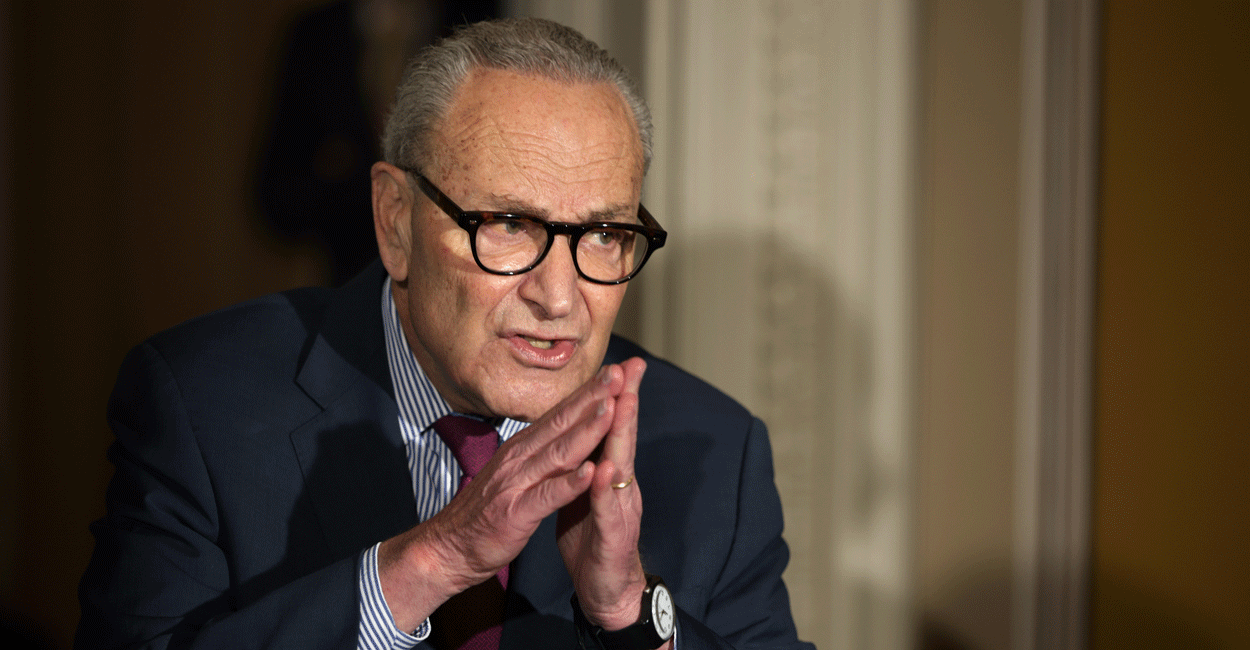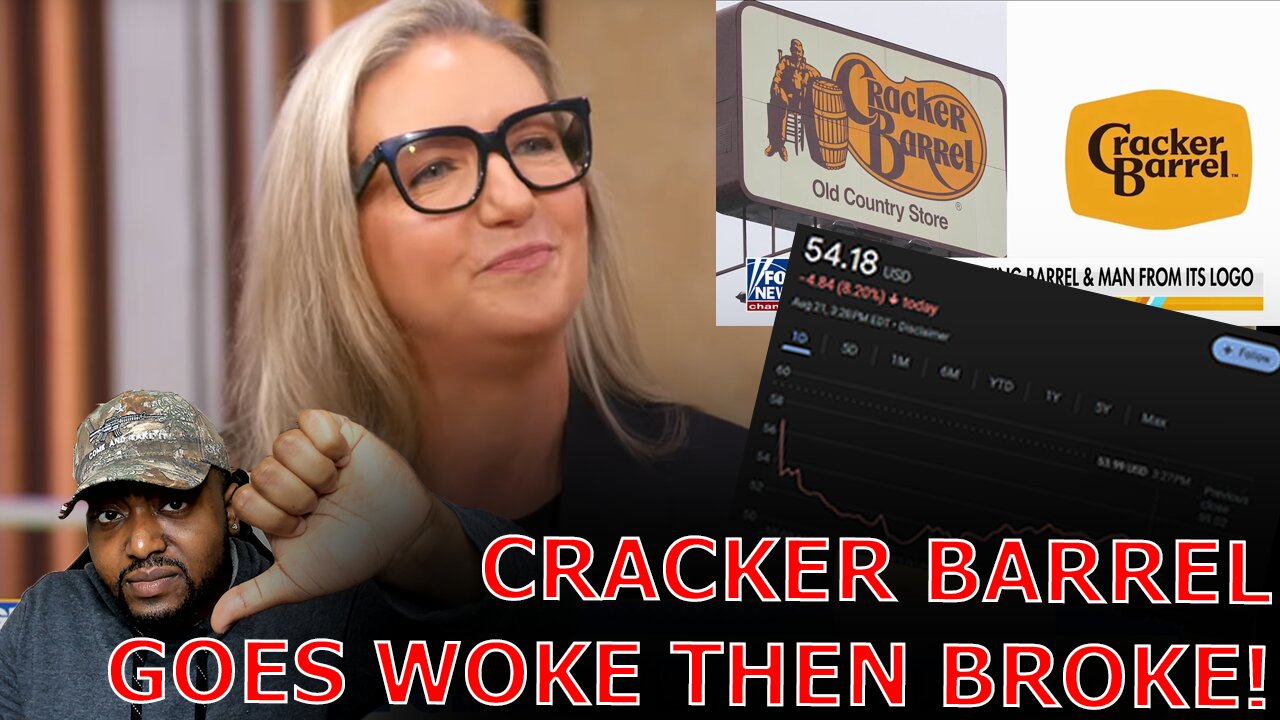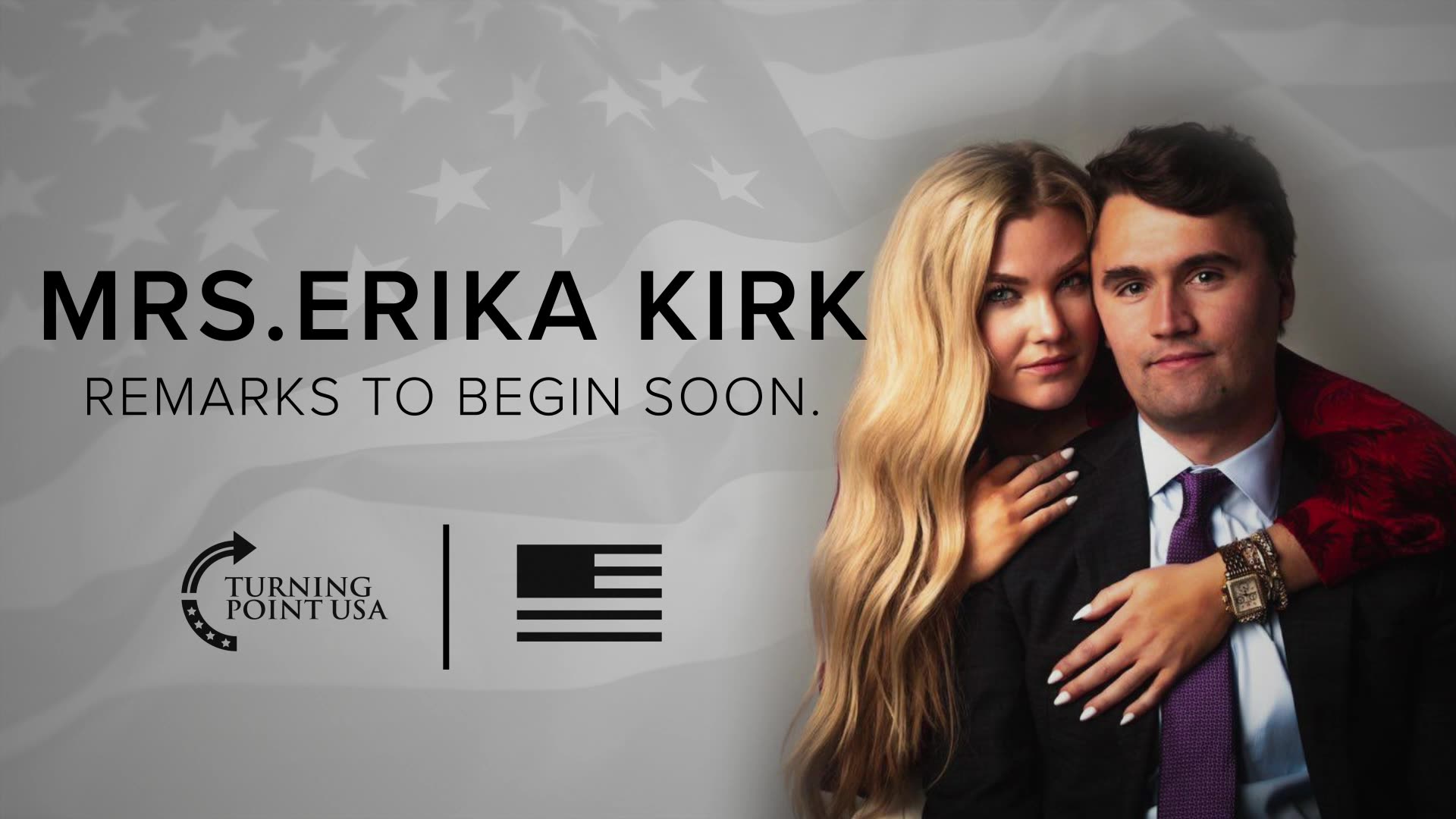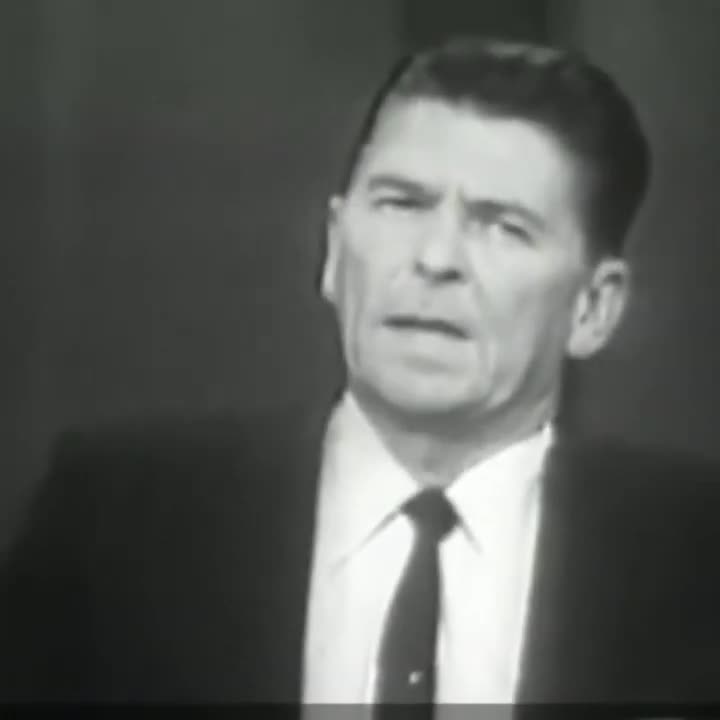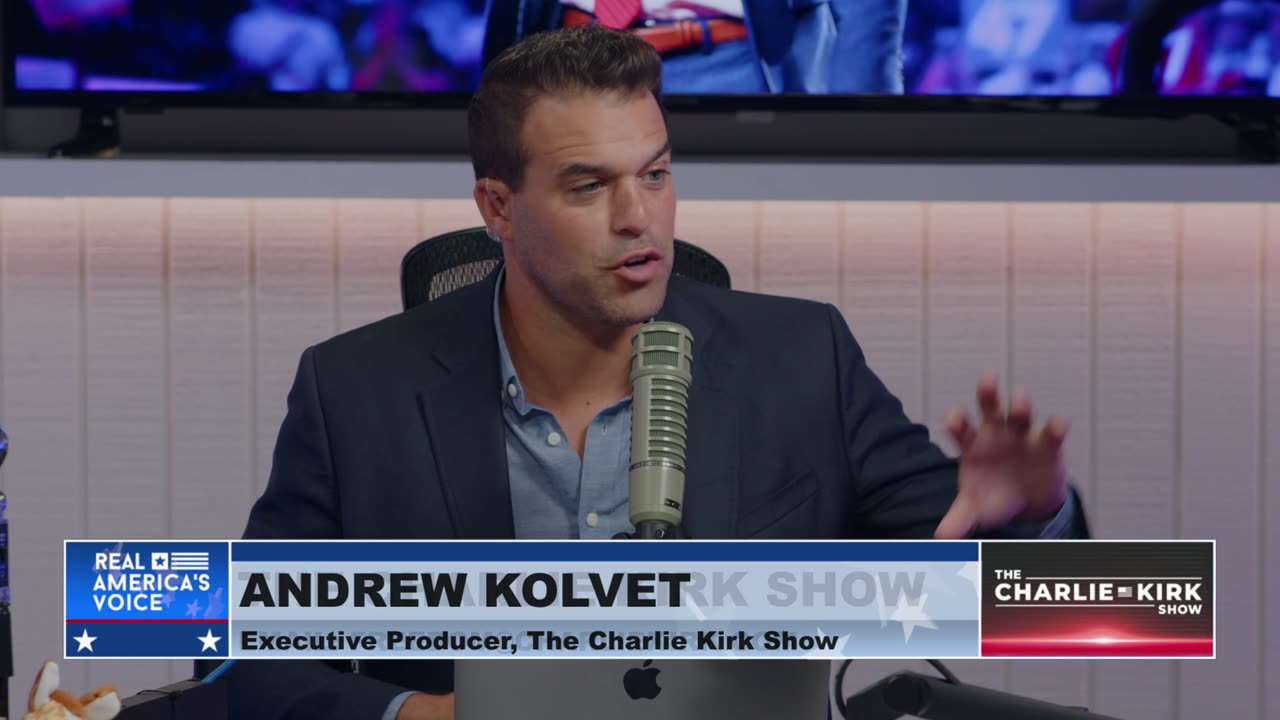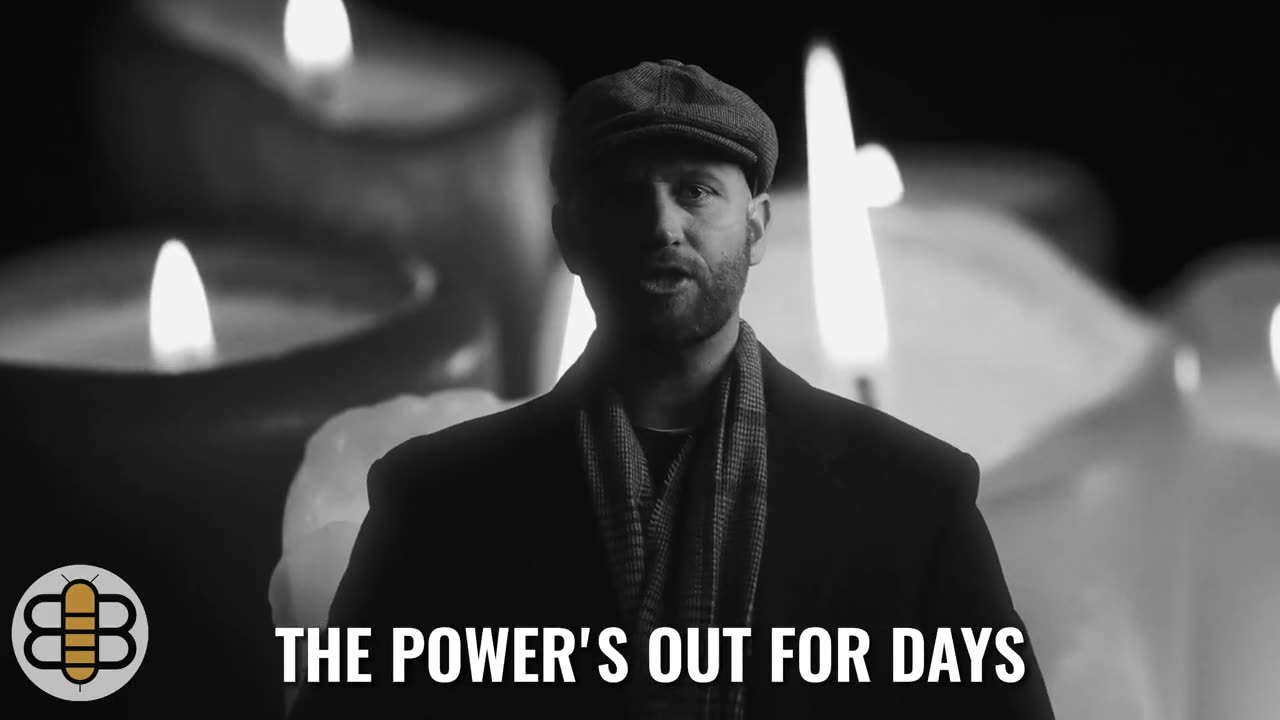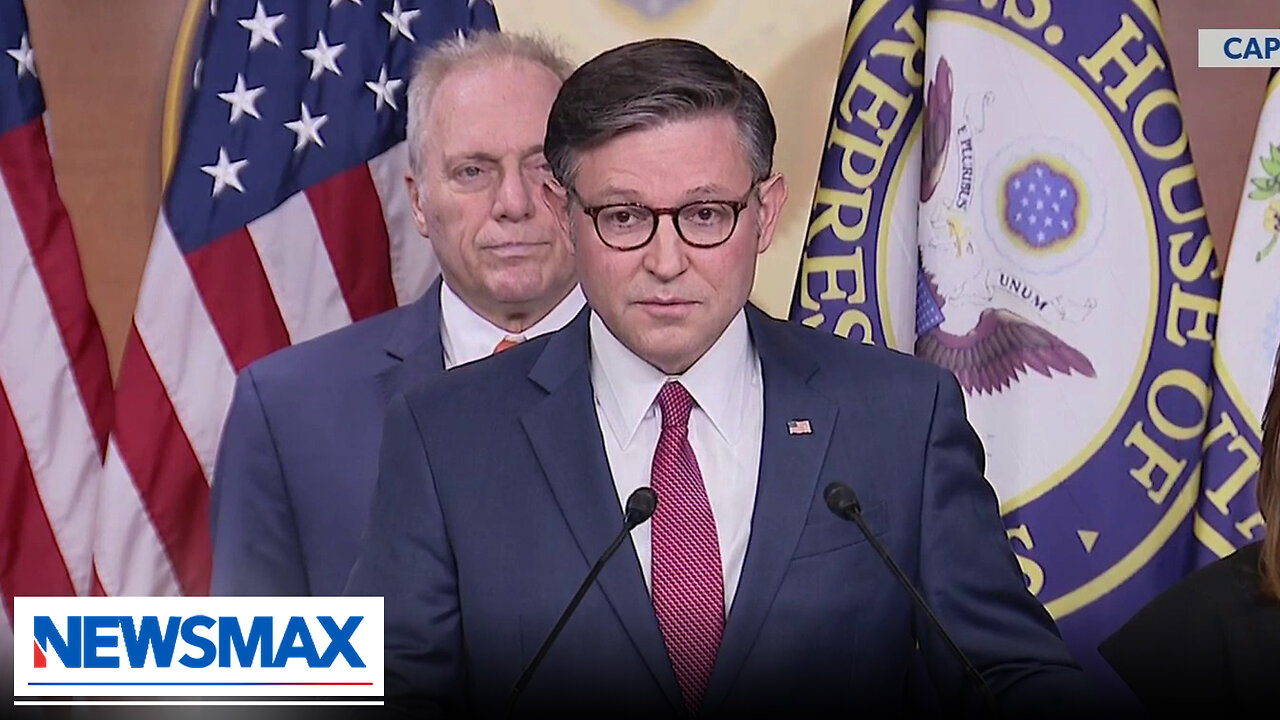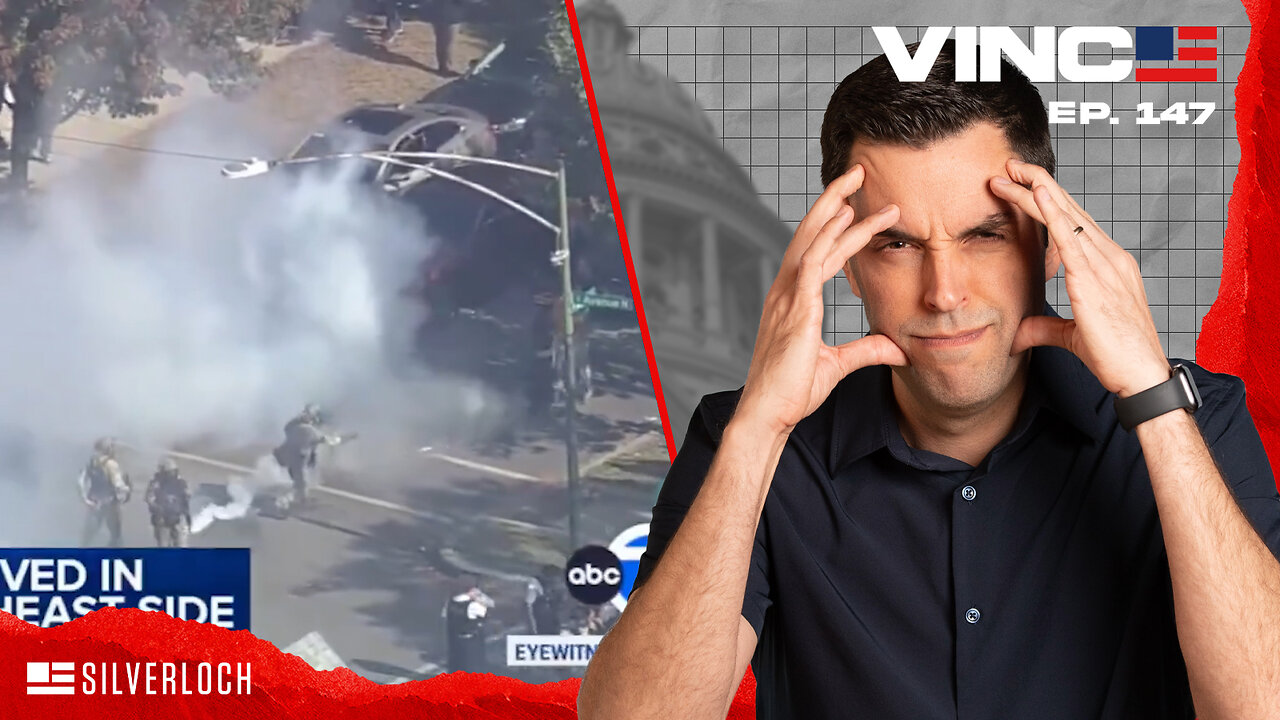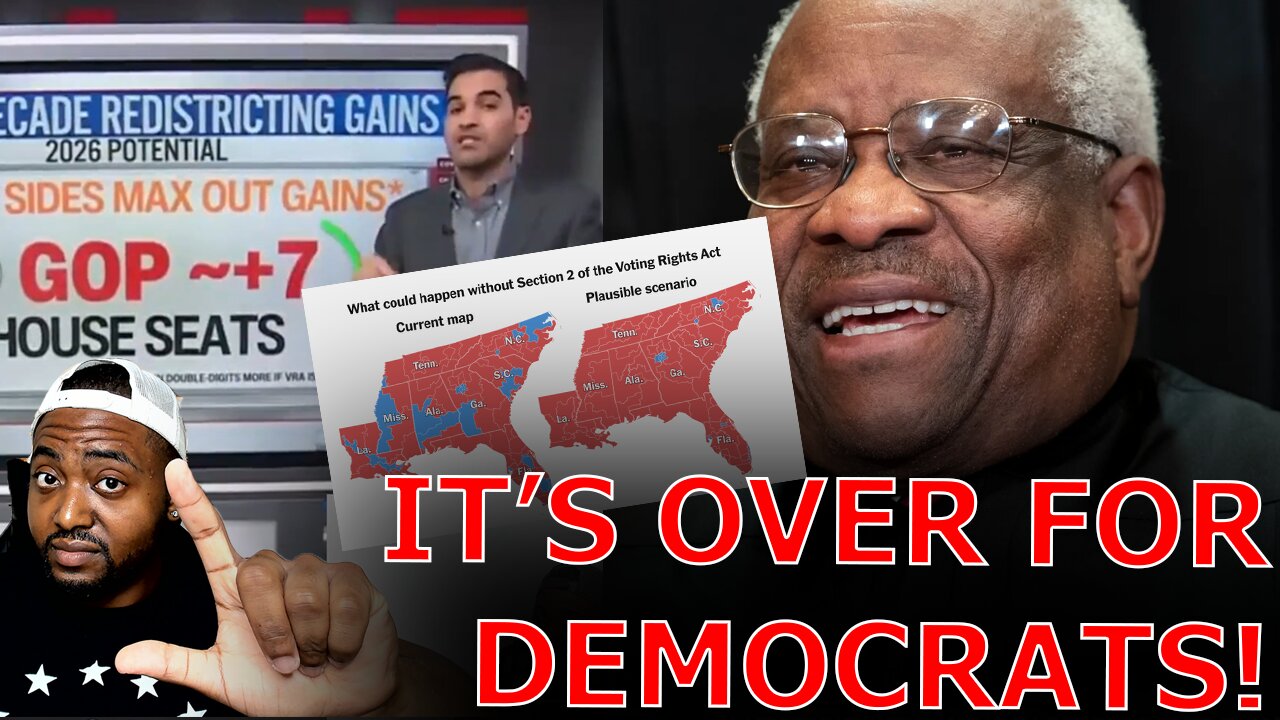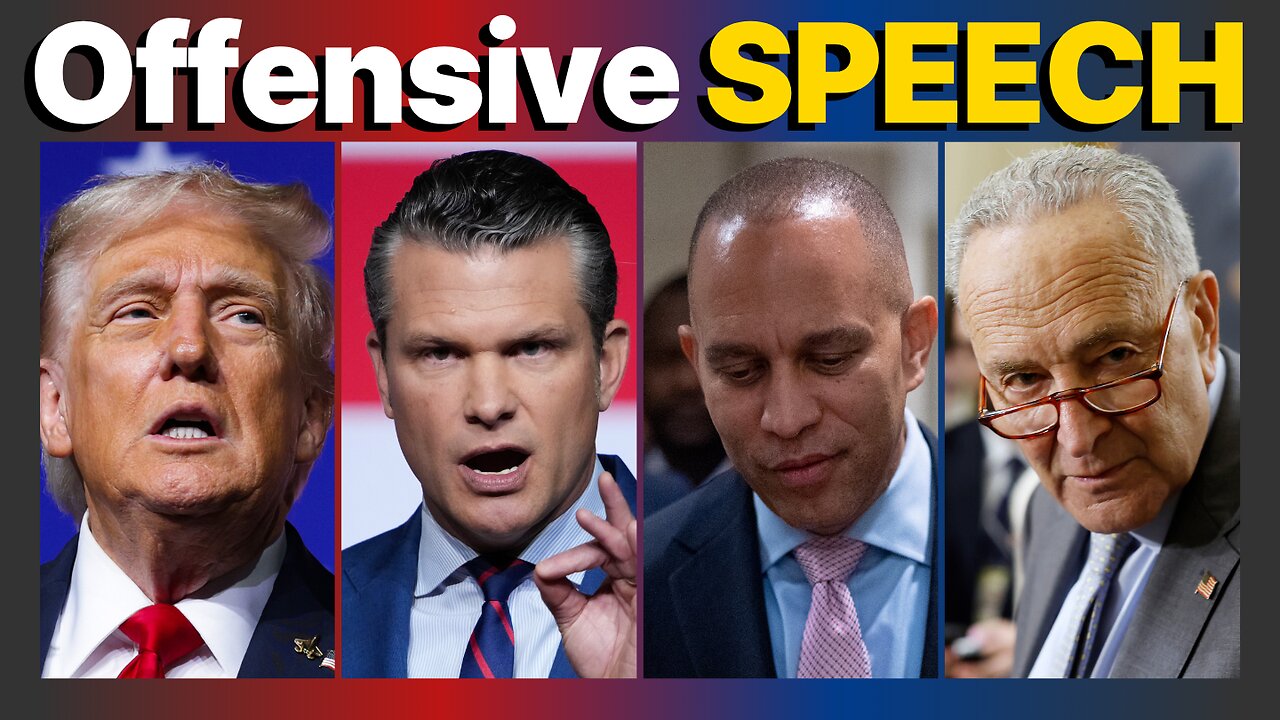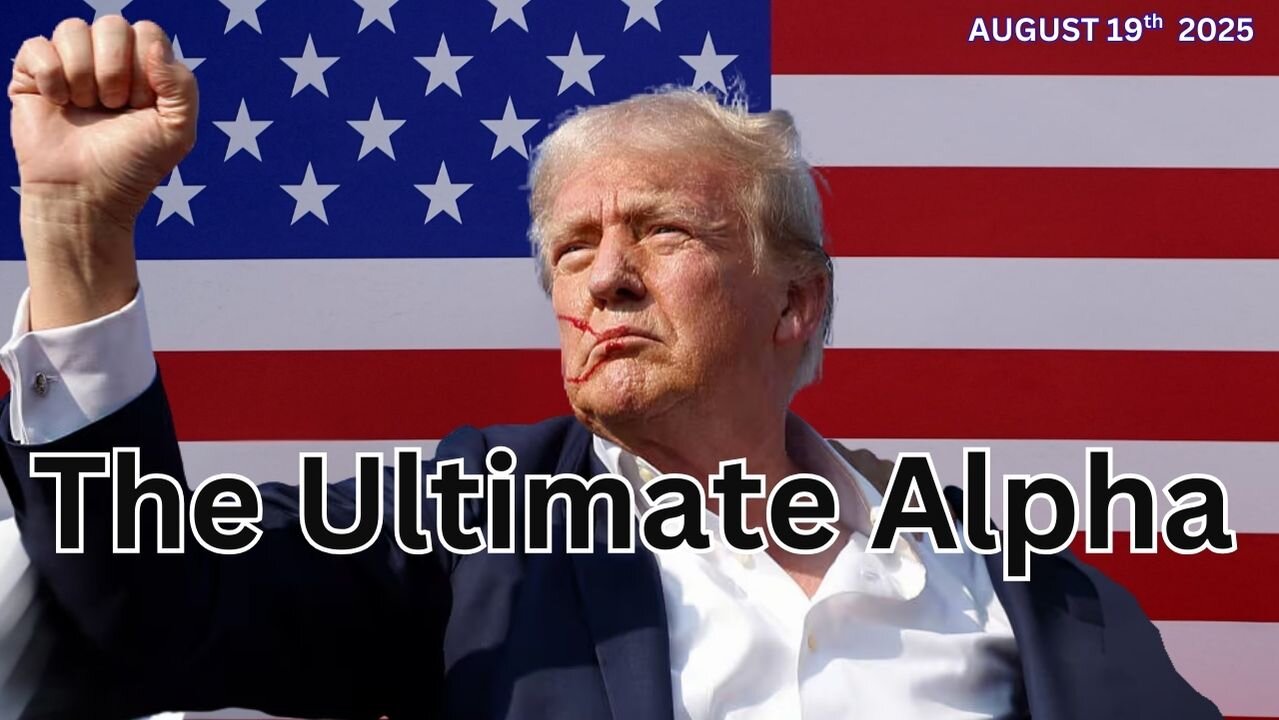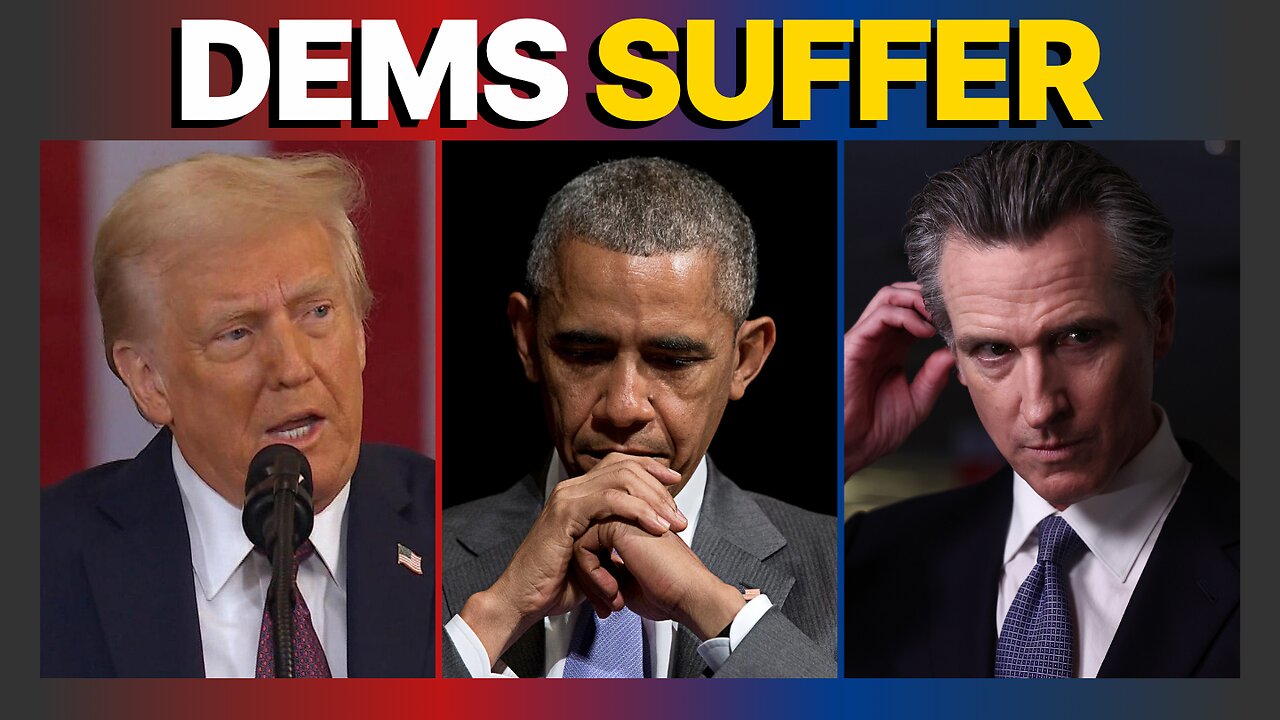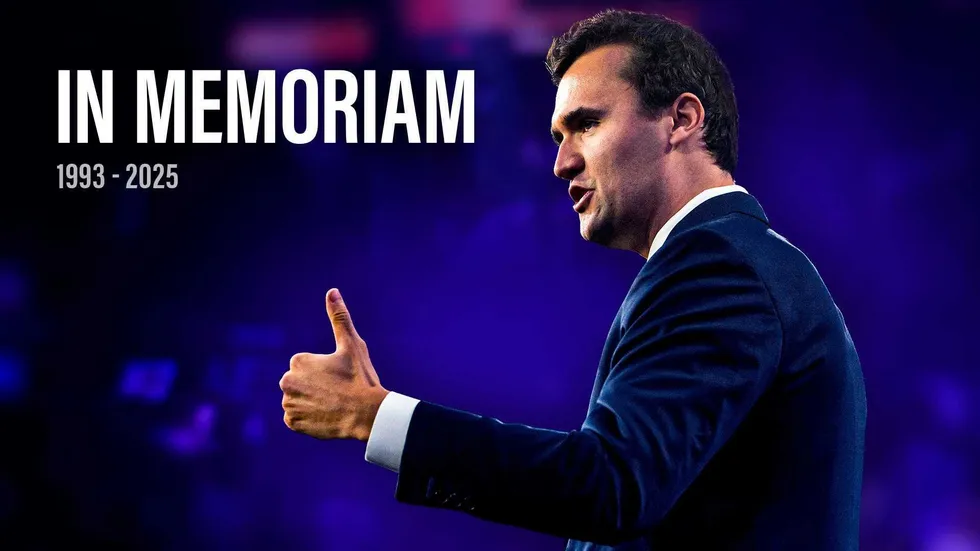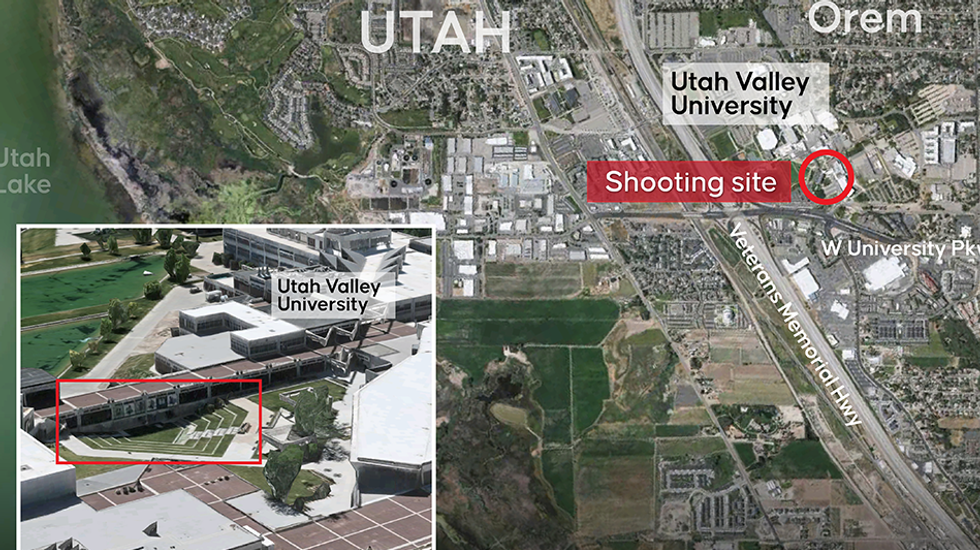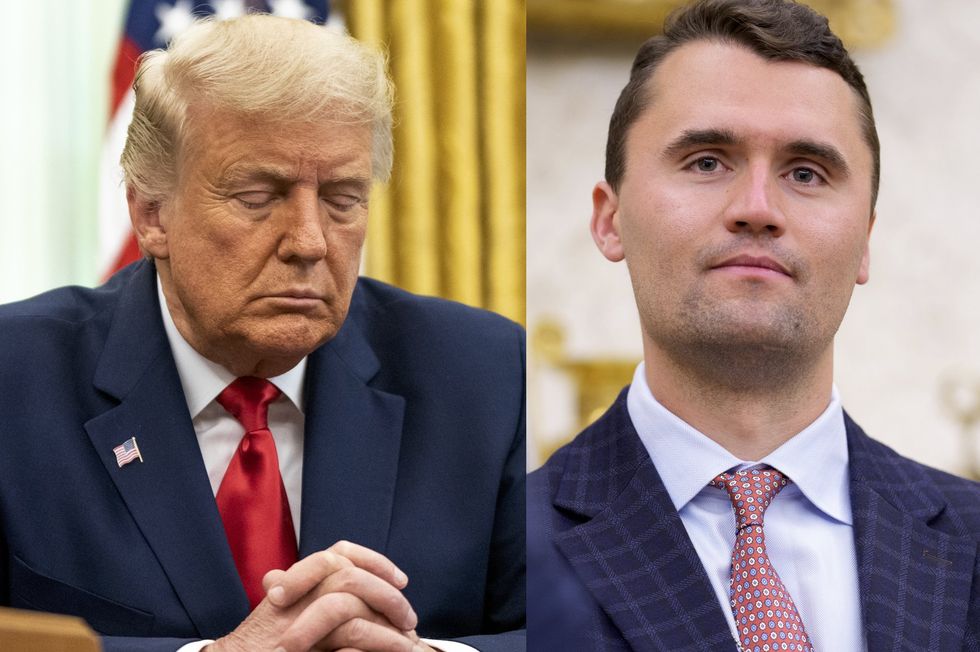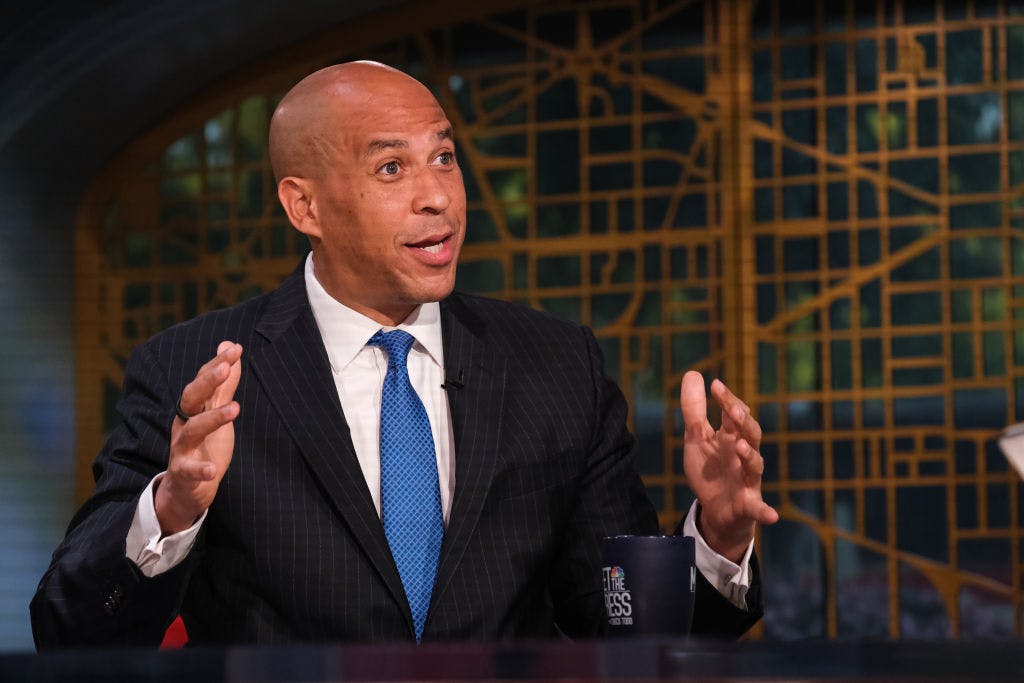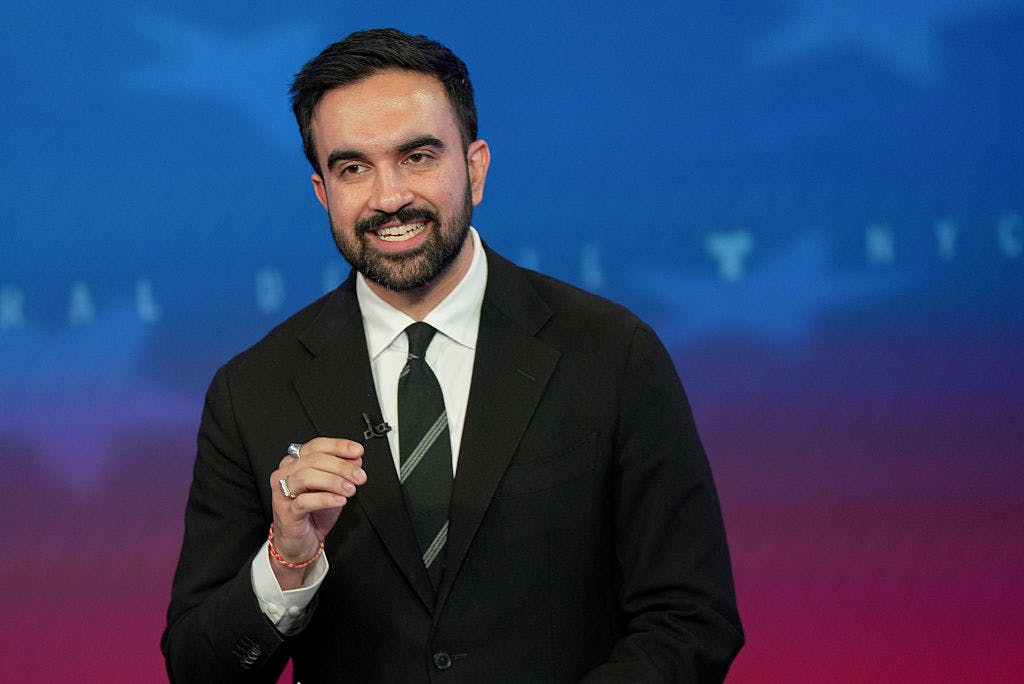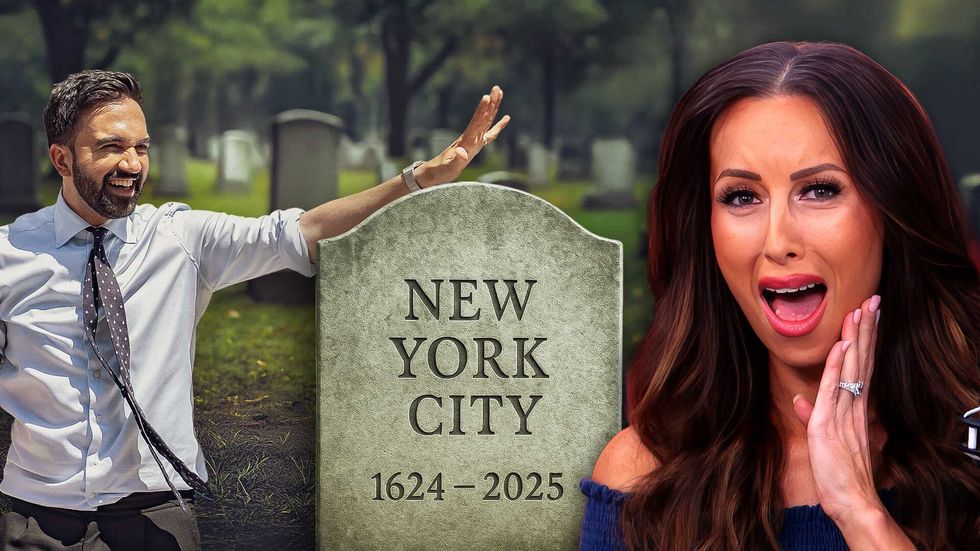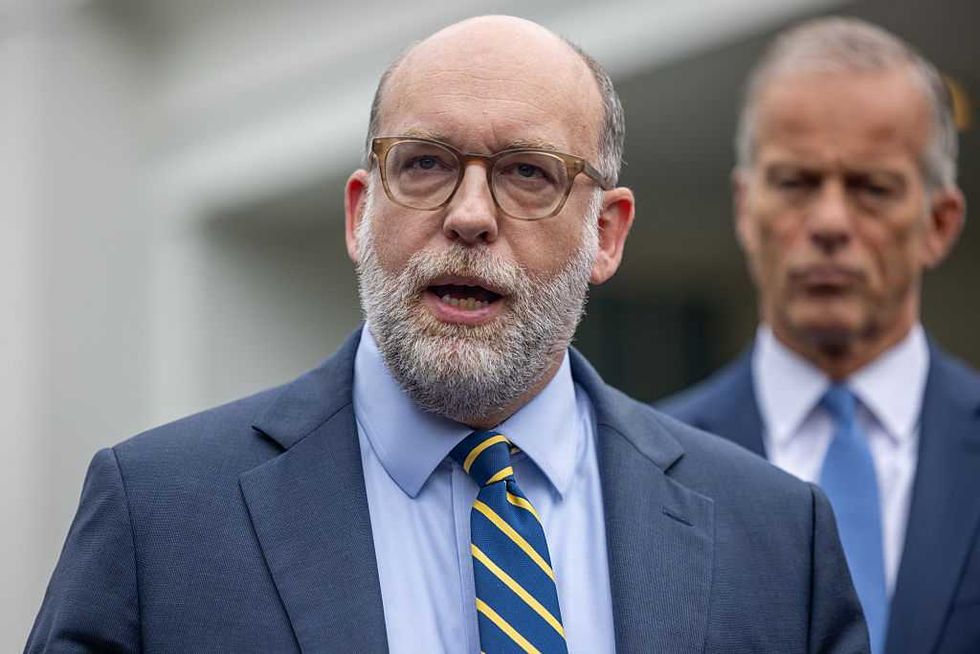Texas and the Promise of ‘Universal’ School

With a stroke of his pen this Saturday, Gov. Greg Abbott will make every school-aged child in Texas eligible for education choice.
It’s a historic victory for education freedom, long sought after by the school choice movement. Following Idaho, Indiana, Tennessee, and Wyoming this year, Texas is now the 16th state to enact a “universal” education choice policy for which every K-12 student is eligible.
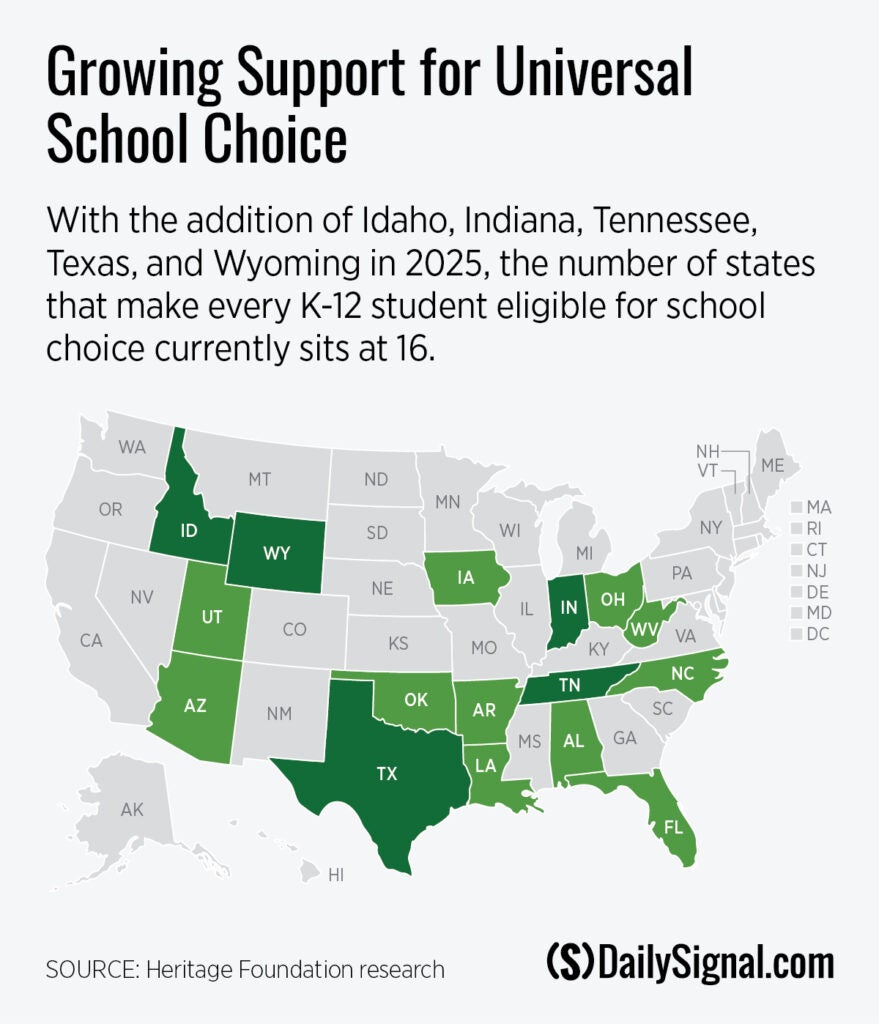
It’s also a tipping point. More than 1 in 10 U.S. students live in Texas. Now that they are all eligible for an education savings account, half of America’s children now live in states where they are eligible for education choice.
However, universal eligibility does not imply universal access.
Although every K-12 student in Texas is technically eligible, only a small number will actually get access to the accounts. The Legislature allocated $1 billion, which is barely 1% of the $97.1 billion in state K-12 education funding. That is enough funding for only about 1.5% of Texas students to receive an education savings account.
Because funding is limited, access will be rationed. Of the roughly 100,000 account available, 80% must go to children from low- or middle-income families.
Moreover, higher-income families are only eligible if their child is switching from a public school. Texas-based economist Vance Ginn called that restriction “a slap in the face to families already sacrificing for private or home education.” As Ginn noted, the taxpayers already “fund these families to go to government schools at a higher expense per student, so why wouldn’t everyone interested be able to receive an [education savings account]?”
Texas families deserve better. The aim of public education is that every single child gets access to the learning environment that best meets their individual learning needs. District schools aspire to fulfill that aim and are therefore funded via a formula so that every school-aged child receives funding.
However, one size does not fit all. No school is the best fit for every child who just happens to live nearby. Education savings accounts provide families with a much greater degree of freedom and flexibility to choose the learning environments that work best for their children, hence they come closer to fulfilling the promise of public education than district schools—but only if every child actually has access to an education savings account.
It can be done. Eight states offer truly universal education choice. Alabama, Arizona, Arkansas, Florida, Iowa, Indiana, Ohio, and West Virginia all have education choice policies where every K-12 student is eligible, and every eligible student is funded.
It’s time for the school choice movement to raise the bar on what counts as “universal.”
That’s why The Heritage Foundation’s Education Freedom Report Card scores states based on the expansiveness of their education choice policies’ eligibility as well as what proportion of eligible students are funded, among other factors.
Similarly, EdChoice’s new Friedman Index scores states on three dimensions—eligibility, allowable uses, and funding—with the highest scores going to states that are universal across all three categories.
Texas lawmakers—particularly Abbott—deserve credit for their historic accomplishment. They have every right to brag that they have enacted the largest first-year education savings account program in the nation.
But no one should rest on their laurels. When it comes to empowering families with education choice, Texas is still miles behind at least half a dozen states.
The promise of education choice is freedom, flexibility, and fairness for all families—not just the fortunate few. If Texas wants to lead the nation in education freedom, it needs to finish what it started.
The post Texas and the Promise of ‘Universal’ School appeared first on The Daily Signal.
Originally Published at Daily Wire, Daily Signal, or The Blaze
What's Your Reaction?
 Like
0
Like
0
 Dislike
0
Dislike
0
 Love
0
Love
0
 Funny
0
Funny
0
 Angry
0
Angry
0
 Sad
0
Sad
0
 Wow
0
Wow
0
